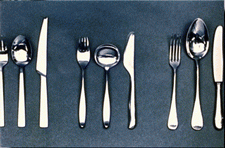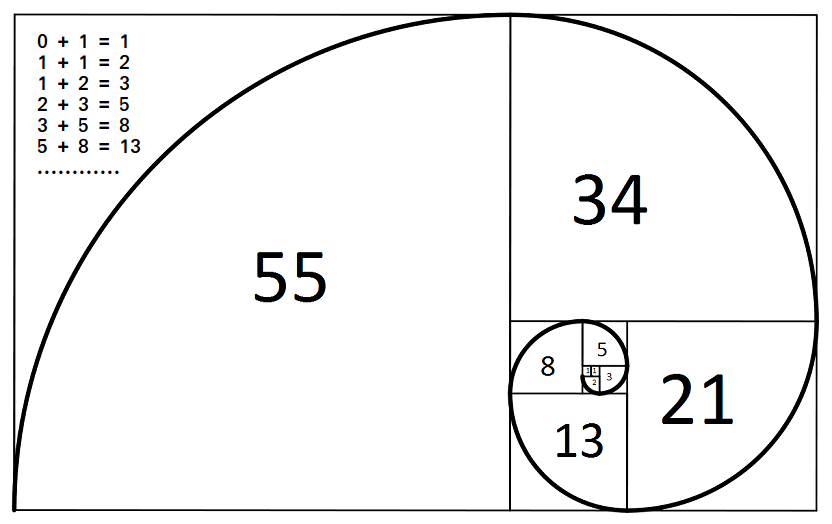Design Principle - Proportion
Proportion is a design principle - it refers to the relationships of parts to a whole. Our sense
of harmony in art relates to an ideal distribution of sizes in the human body. We
say artworks are life-sized, monumental (much larger than life-size) or
miniature (very small).

Dimensions are often normal and expected. They can also be exaggerated and distorted. Sometimes sizes are idealized - more perfect than you might see in nature.

Systems of mathematical ratios fascinate artists. The ancient Greek sculptor Polykleitos used a mathematical formula for his idealized sculptures of athletes. The height of the body was eight times the length of the head.
A related formula, discovered by the medieval mathematician Fibonacci, is a progression of numbers often seen in nature. Each number is the sum of the two numbers that go before it. The numbers are 1, 1, 2, 3, 5, 8, 13, 21, 34 and so on. These numbers grow in size but not in ratio.
Another system, known as the Golden Section or Golden Mean, states that the dimensions of the small part (a) must relate to a larger part (b) as the larger part (b) relates to the whole (b + a). In artwork, you can use the ratio of 1 to 1.6 to draw shapes with ratios like the Golden Mean.
Scale is the relative size of something compared with what you expect. You do not expect to see a toothbrush bigger than a bed. Artists often change the normal size, scale or relationship of things to show their importance in artworks. Caricature is the use of exaggerated sizes, usually for humor and satire.
design elements and principles home
















